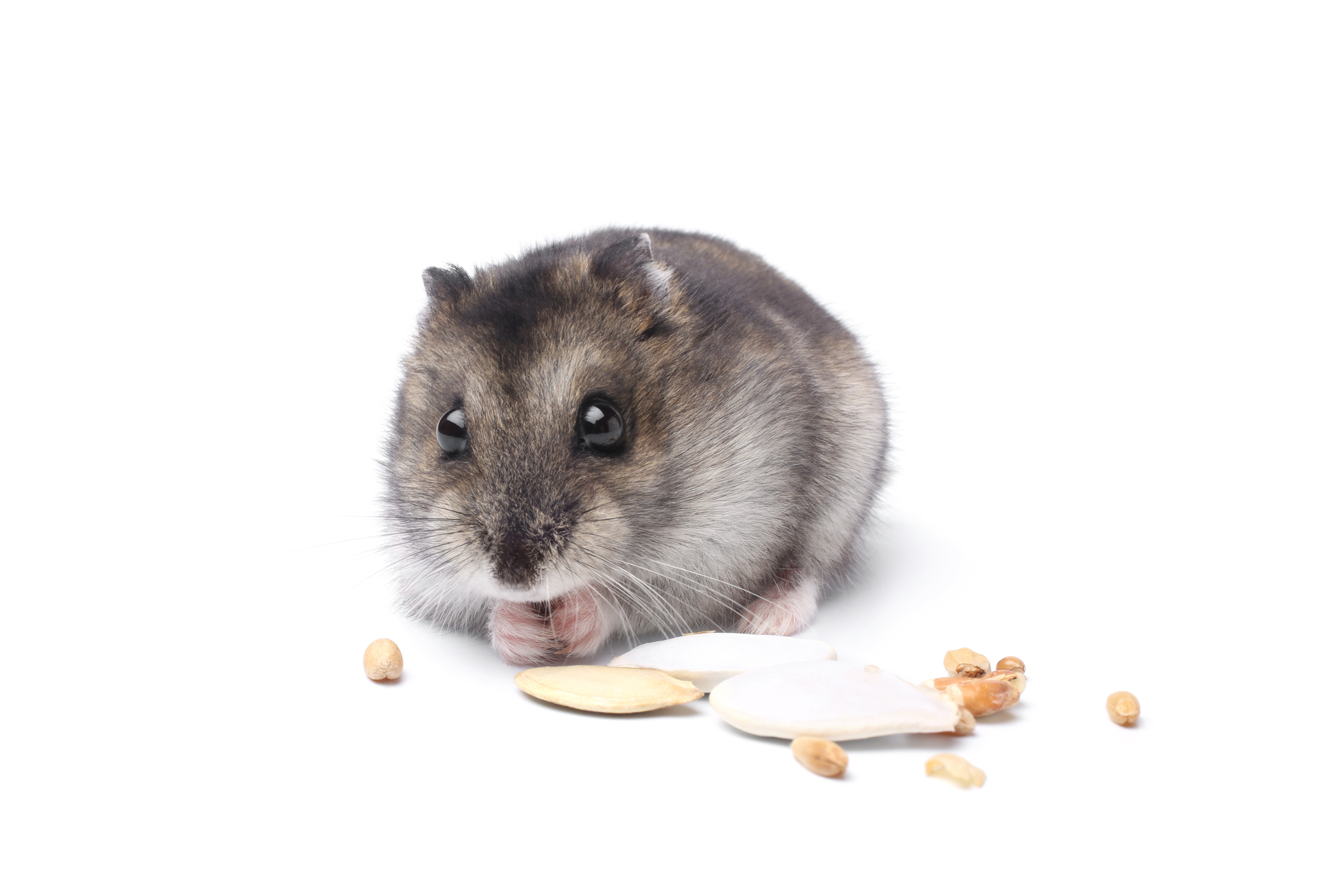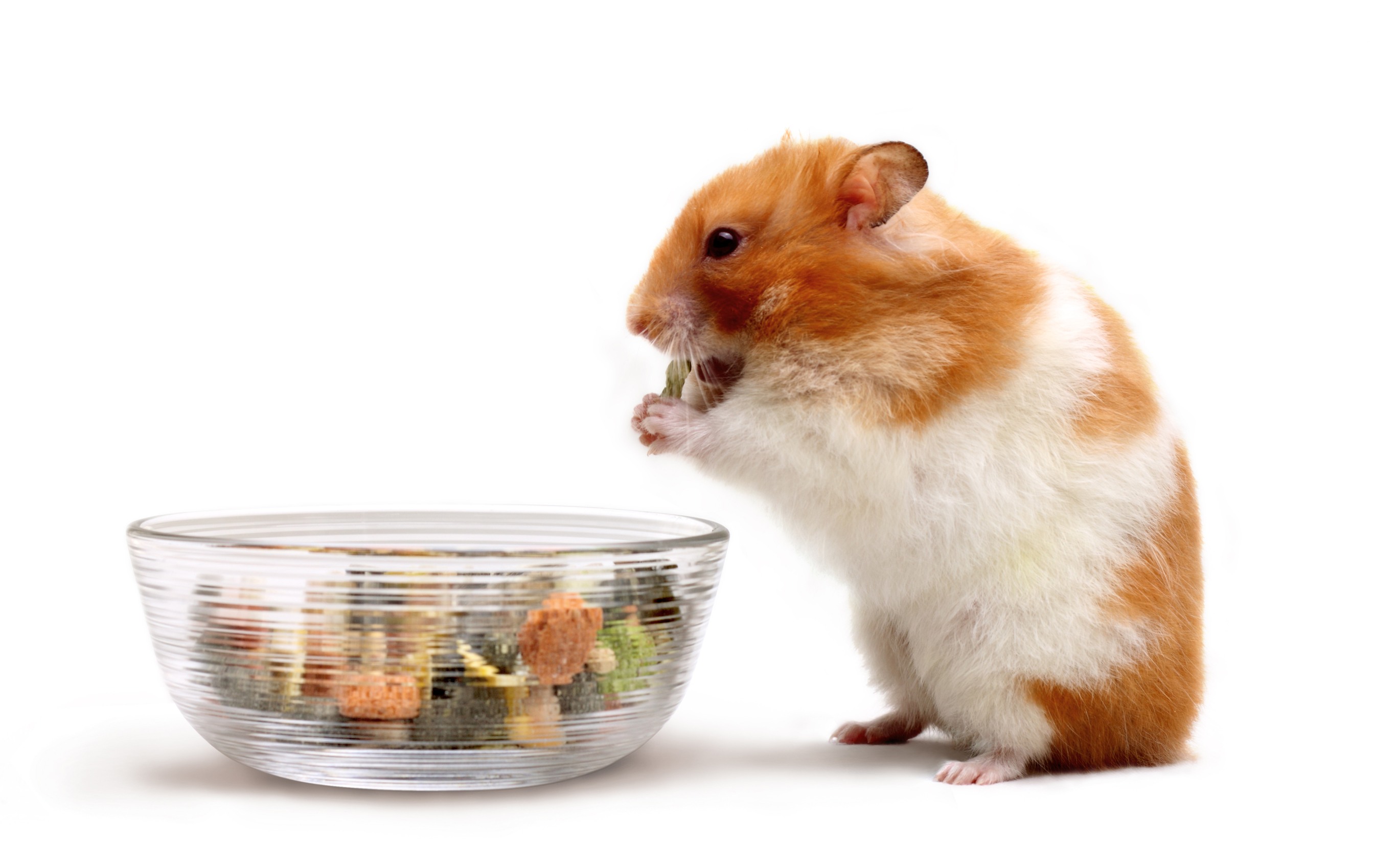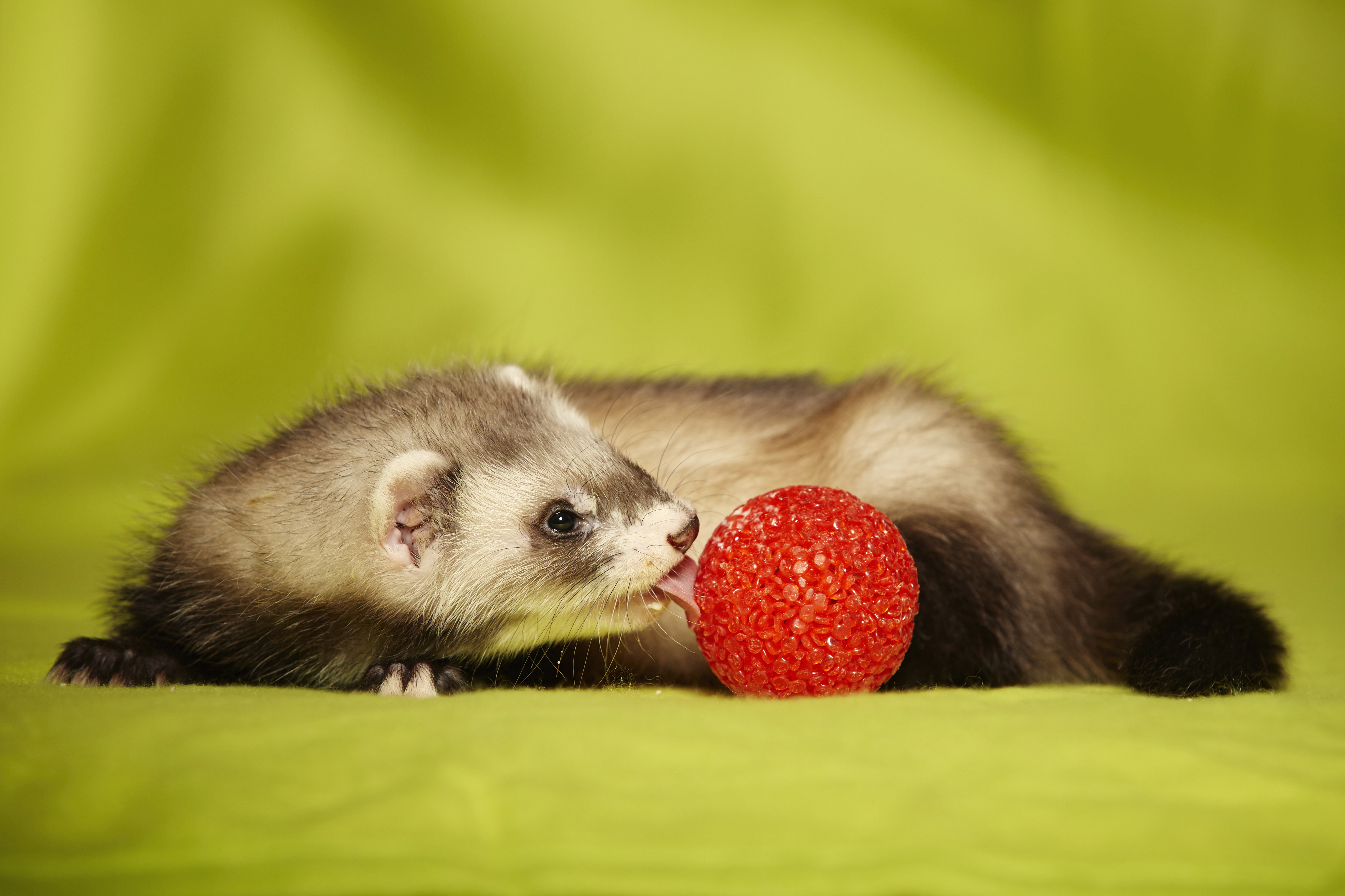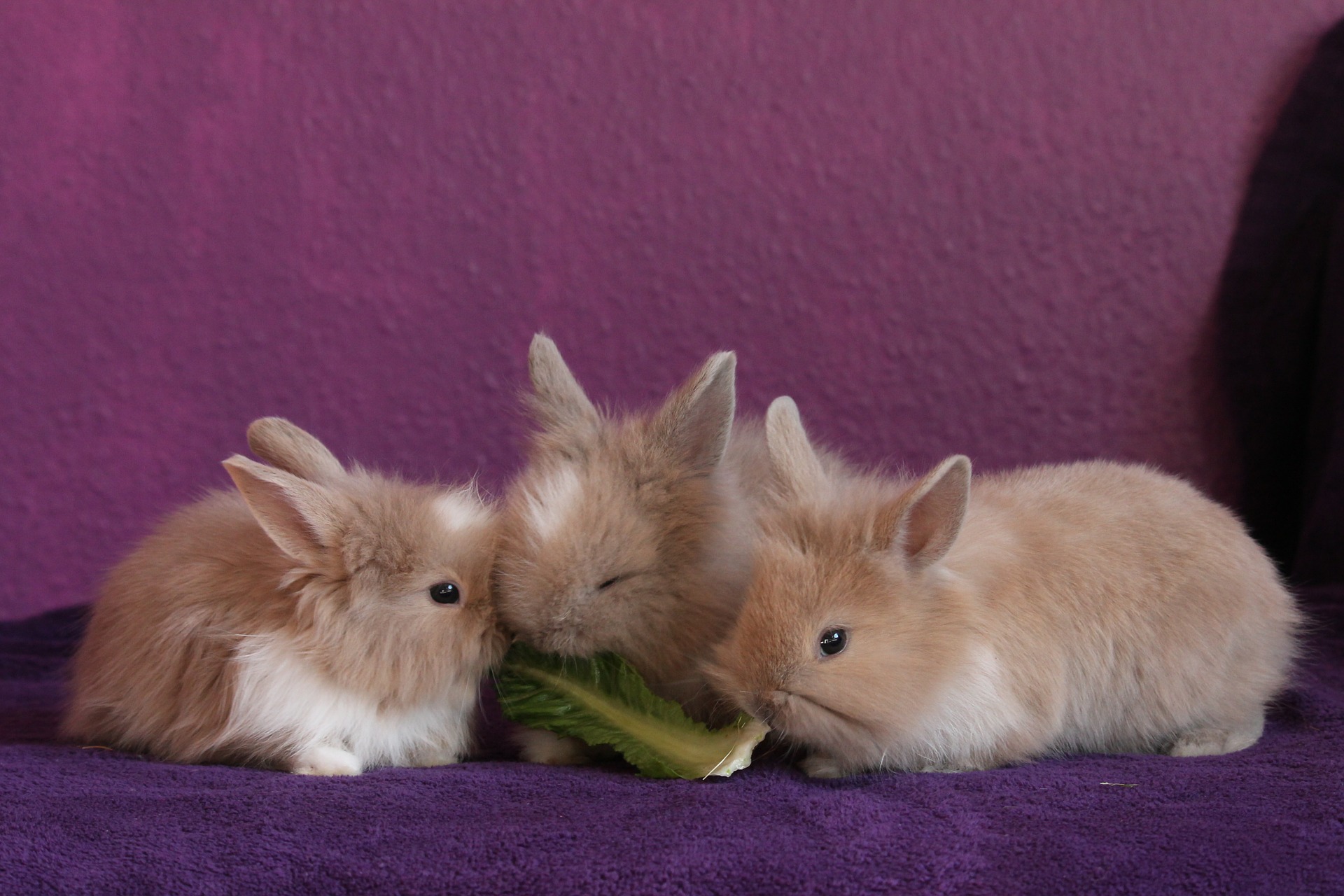Credible Edibles
Erik J. Martin //July 5, 2016//
It’s been said that if you give a man a fish, you’ll feed him for a day. But if you teach a man to fish, you can feed him for a lifetime. That same adage can apply to the world of pet product retailing, particularly when it comes to small animal edibles. Give a customer a few choices on the shelf and you may rack up a sale that day, but entice that shopper with a wider variety of options and teach him how to choose the right products and you may be his food supplier of choice for the pet’s lifetime.
The Healthier Grub Club
Ask the experts and they’ll tell you that today’s consumer is seeking more nutritious fare for their furry companions as well as retailers that offer a diversity of everyday victuals.
Jim Gorrell, brand manager for Healthy Pet in Ferndale, Washington, said small animal owners are trending toward selecting small animal foods that contain real, natural ingredients and that promote health from the inside out.
“Over 70 percent of hamster, gerbil, rabbit and guinea pig owners feed their pets fruits and vegetables in addition to their daily food,” Gorrell said. “Additionally, nearly 20 percent of small animal owners who buy food in pet retail stores say that real ingredients are the number one attribute they look for when purchasing a food for their pet.”
Numerous brands have revamped their daily diets and formulas in recent years to infuse more natural, nutritionally fortified and organic ingredients and less processed components into their offerings, with more providing well-balanced “complete” foods for small- to medium-sized mammals.
A prime example is Carefresh and its Complete food line—available for mice and rats, rabbits, hamsters and gerbils, and guinea pigs and chinchillas—which taps into this naturally nutritious trend by providing 10 real vegetables and fruits and no artificial colors, flavors or shapes.
Other examples include Kaytee’s Supreme diets for rats and mice, rabbits, hamsters and gerbils, and guinea pigs; Small World’s Complete Feed, available for hamsters and gerbils, mice and rats, chinchillas, guinea pigs or rabbits; American Pet’s Diner Alffy Complete Pellets for guinea pigs or chinchillas, made primarily from alfalfa hay; Hartz’ Bonanza series, available for hamsters and gerbils, rabbits, guinea pigs or ferrets; and F.M. Brown’s Sons’ Encore Premium daily diets for rabbits, ferrets, gerbils and hamsters, or guinea pigs.
“A high quality food provides vitamins and minerals not found in hay, making it an essential daily component in the diet of every small pet,” said Lucas Stock, communications manager for Murdock, Nebraska-headquartered Oxbow Animal Health, makers of specially formulated Organic Guinea Pig and Organic Rabbit daily diets as well as the Natural Science line of foods for adult rabbits and guinea pigs.
All About the Ingredients
Taking a closer look at new entries in the food category, Stock notes a recent focus on homogeneity and function.
“More small animal diets are marketing what’s under the hood—things like natural, fiber-rich ingredients, vitamins, and minerals—as opposed to curb appeal of the diets themselves,” Stock said. “Colorful pieces and mix ingredients are still common, but there’s been a continued trend toward uniformity and offering complete nutrition in every bite. As the lifespan of species such as rabbits and guinea pigs continues to increase, it’s only logical that owners are seeking out and demanding diets that promote the health and longevity of their beloved pets.”
Lisa Kniceley, marketing and trade sales specialist for Vitakraft Sunseed in Bowling Green, Ohio, said there is a current demand for pelleted-only foods for pet rabbits and guinea pigs.
“Today’s consumers are savvy and demand that pet health concerns be addressed in the foods they buy,” said Kniceley, noting that Vitakraft Sunseed addresses both concerns by offering its SunSations Natural line as well as its newly launched Vita Sunscription Pet Rabbit and Pet Guinea Pig Natural Timothy Diets with Added Vitamins and Minerals. “For these and other reasons, consumers want a complete line of natural diets as well as natural, Timothy hay-based pellets that are sugar- and molasses-free.”
In addition, shoppers are paying more attention to fiber content, which should be very high for a rabbit or guinea pig diet, notes Kniceley.
“Retailers should remind customers that, if they are feeding a product that has other non-fiber ingredients, such as fruits or other sugary items, pets will selectively eat those things first that taste the best,” she said.
Marketing Musts
If you want to increase owner appetites for critter cuisine, aim for a more enticing retail set and attention-getting merchandising tactics.
“We recommend promoting consumables together to help make it easier for retail consumers,” Gorrell said. “One strategy is to build an end cap with foods, bedding and hay that creates a one-stop destination and added convenience in selecting the highest quality.”
Stock agrees, noting that an end cap featuring hay, foods, treats, supplements and accessories provides an effective picture of what a pet’s daily diet should strive to include.
“Overall, foods perform very well in the visual context of what a complete diet and setup looks like,” Stock said.
Whether your strategy is an end cap or other special display, eye level placement of these products will help ensure better sales, according to Kniceley.
Another tactic, recommended by Gorrell, is to build a small animal habitat starter kit that includes small bags of bedding, food and hay with habitats at one low price to give first-time small animal owners everything they’ll need to get started.
Gorrell said retailers should also consider merchandising small animal food by brand instead of species.
“While it seems logical that consumers who have a gerbil will shop in a section dedicated to gerbils, a trusted brand is often more important to the consumer than price,” he said. “When merchandised by species, it is often harder for the consumer to find the brand they like.”
To amp up merchandising efforts, try stocking and suggesting foods that are exclusive to the pet specialty category, “which keeps your consumers coming back to your store to purchase food for their pet,” Gorrell added.
Lastly, remember that knowledge is power within your pet store.
“Take advantage of educational materials and training opportunities that manufacturers provide as a way to stand out and speak with a level of expertise about the important similarities and differences between diets on the shelf,” Stock said. “Also, face-to-face interactions with the customer are an advantage brick-and-mortar stores will always hold over online competition. Capitalize on this and always make it a goal to leave a positive, knowledgeable impression with the customers who make the decision to walk through your door.”



















